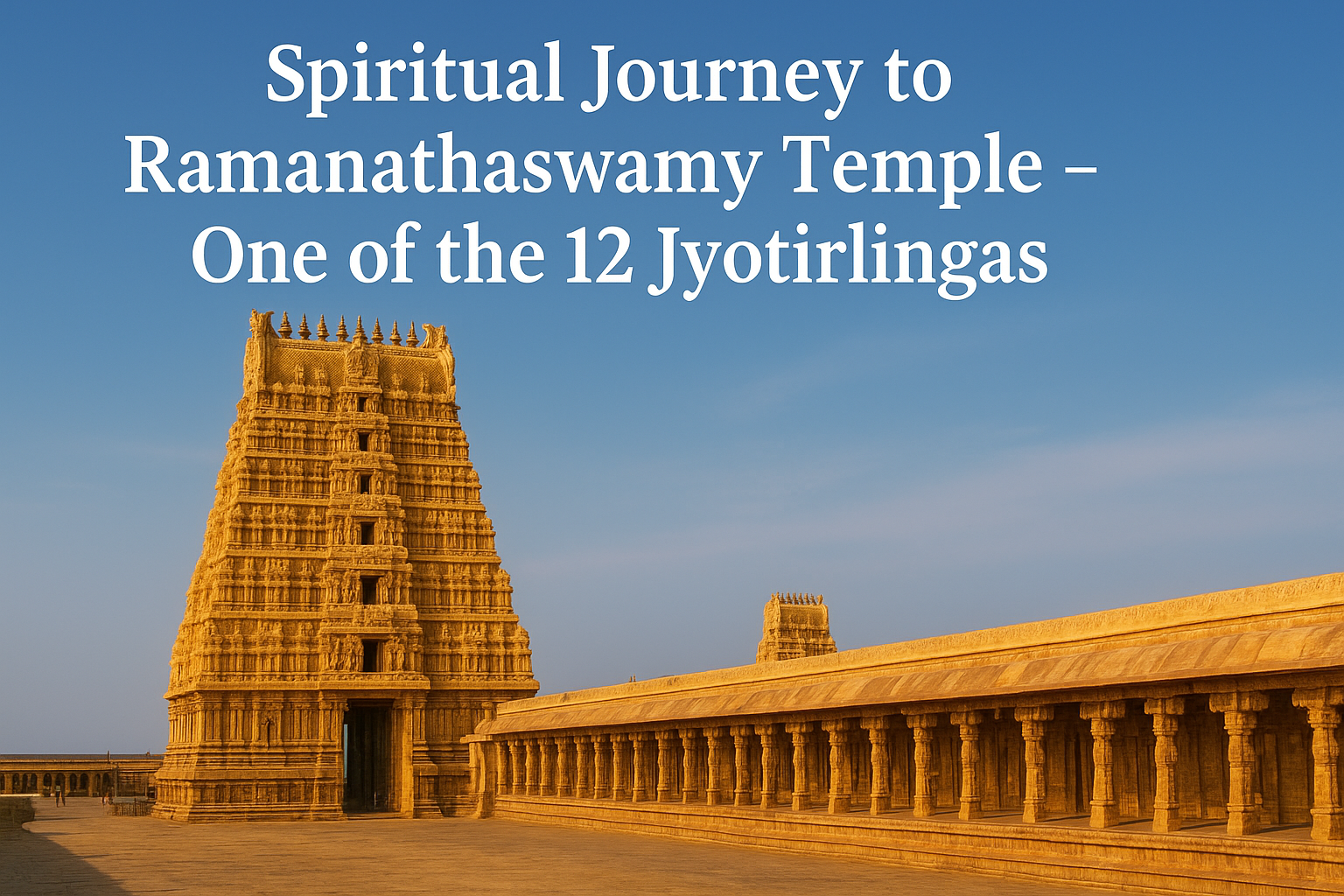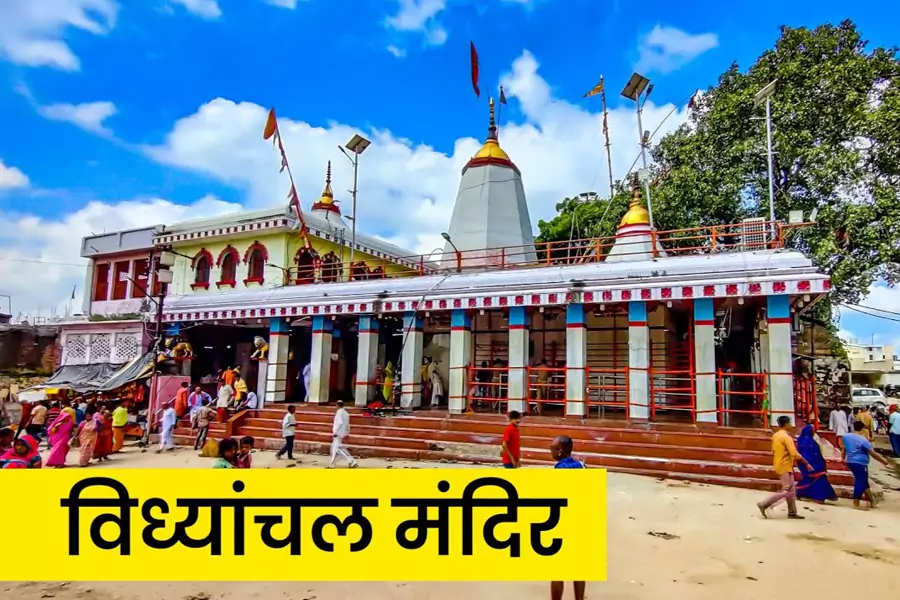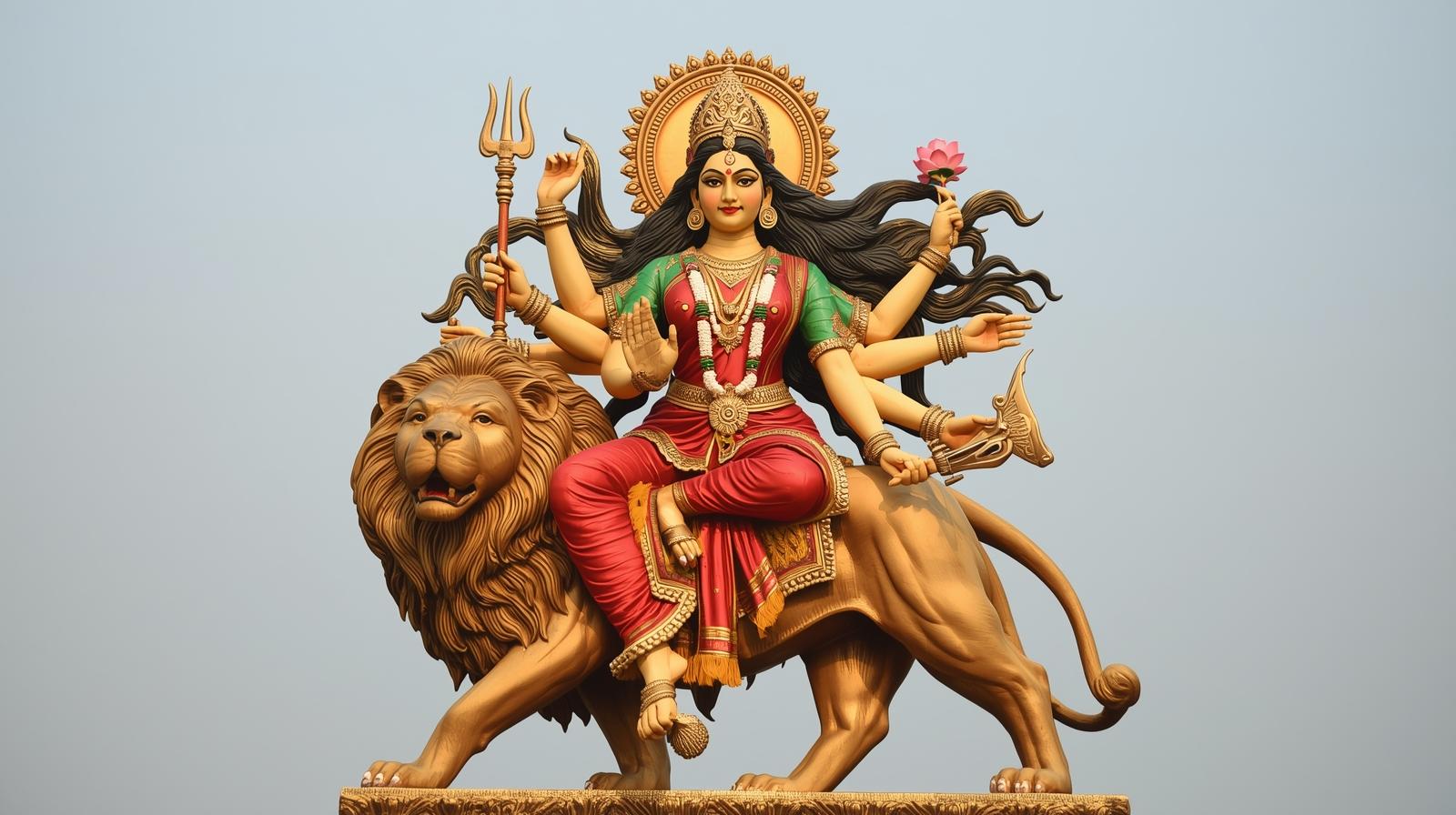Ramanathaswamy Temple, located on the serene island of Rameshwaram in Tamil Nadu, is one of the most revered pilgrimage sites in India. Dedicated to Lord Shiva, it is among the twelve Jyotirlingas — the holiest shrines in Sanatan Dharma where Lord Shiva is worshipped in his infinite form. This temple holds immense significance for devotees seeking spiritual liberation, purification of sins, and divine blessings. Its sacred connection to the Ramayana, intricate Dravidian architecture, and elaborate rituals make it a must-visit for spiritual seekers from across the globe.
In this article, we will explore the history, legends, architecture, rituals, and travel guide for visiting the Ramanathaswamy Temple, ensuring you have a complete understanding of this spiritual jewel of Rameshwaram.
Historical and Mythological Significance
The Ramayana Connection
Ancient texts state that after Lord Rama vanquished Ravana in Lanka, he traveled to Rameshwaram with Devi Sita and Lakshmana. Lord Rama chose to worship Lord Shiva here in order to atone for his guilt of murdering a Brahmin named Ravana. To deliver a Shiva Linga from the Himalayas, he dispatched Hanuman. However, Sita created a Shiva Linga out of sand, which became known as the Ramalinga, because Hanuman was delayed. Today, the temple worships both the Ramalinga and the Vishwalinga that Hanuman brought.
Place in Jyotirlinga Tradition
Ramanathaswamy is one of the twelve Jyotirlingas mentioned in the Shiva Purana. The belief is that a pilgrimage to all Jyotirlingas is incomplete without visiting Rameshwaram. Devotees believe that worshipping here grants moksha (liberation from the cycle of birth and death).
Architectural Grandeur of Ramanathaswamy Temple
Built in the classic Dravidian style, the Ramanathaswamy Temple is renowned for its magnificent corridors, towering gopurams (gateway towers), and detailed sculptures. The temple boasts the longest corridor in any Hindu temple — stretching over 1,200 meters with beautifully carved pillars.
Main Sanctum and Shrines
- Main Sanctum (Garbhagriha) – Houses the Ramalinga and Vishwalinga.
- Ambal Shrine – Dedicated to Goddess Parvati, known here as Parvatavardhini.
Several smaller shrines for other deities, making it a complete spiritual complex.
Sacred Bath in 22 Theerthams
Before entering the sanctum, pilgrims traditionally bathe in 22 holy wells within the temple premises, each with water of unique taste and believed to have healing properties. The first and most important is Agni Theertham, located on the seashore.
Daily Worship Schedule
Rituals begin early in the morning with Abhishekam (holy bath of the Linga) and include various Pujas, Deeparadhana (lamp offering), and chanting of Vedic mantras. Priests follow centuries-old traditions to maintain the sanctity of the shrine.
Major Pujas and Offerings
- Shivaratri – A night-long festival of prayers and chanting.
- Maasi Maham – Celebrated with holy dips in Agni Theertham.
- Rama Navami – Commemorating Lord Rama’s birth.
Festivals at Ramanathaswamy Temple
Maha Shivaratri
Observed with great devotion, this festival attracts thousands of devotees who fast, perform night-long prayers, and chant “Om Namah Shivaya.”
Thirukalyanam Festival
This divine marriage festival of Lord Shiva and Goddess Parvati is celebrated with grandeur and music.
Navaratri
Nine days of worship dedicated to Goddess Parvati with special pujas and cultural programs.
Spiritual Importance of Visiting Ramanathaswamy Temple
Path to Liberation
Hindus believe that a pilgrimage to Ramanathaswamy Temple, along with a dip in the holy waters, purifies one’s soul and helps in attaining moksha.
Part of the Char Dham Yatra
Rameshwaram is one of the Char Dhams (four holy pilgrimage sites), alongside Badrinath, Puri, and Dwarka. Completing this yatra is believed to remove all sins.
Kashi-Rameshwaram Connection
There is a tradition that pilgrims visiting Kashi Vishwanath Temple in Varanasi must also visit Rameshwaram to complete their spiritual journey. It symbolizes the unification of the northern and southern sacred sites of Lord Shiva.
Travel Guide to Ramanathaswamy Temple
Location
The temple is situated in Rameshwaram town, Tamil Nadu, on Pamban Island, connected to the mainland by the iconic Pamban Bridge.
Best Time to Visit
The months of October to April offer pleasant weather for sightseeing and religious visits.
Avoid peak summer months due to high temperatures.
Temple Timings
Morning: 5:00 AM – 1:00 PM
Evening: 3:00 PM – 9:00 PM
(Timings may vary during festivals and special pujas.)
How to Reach
By Air: Nearest airport – Madurai (174 km).
By Train: Direct trains to Rameshwaram from Chennai, Madurai, and other major cities.
By Road: Well-connected via buses and taxis from Tamil Nadu cities.
Tips for Devotees
1. Dress Code – Traditional attire is recommended; men often go bare-chested during rituals.
2. Theertham Bath – Carry extra clothes if you plan to bathe in the holy wells.
3. Footwear – Not allowed inside temple premises.
4. Early Morning Visit – Reduces waiting time and allows for a peaceful darshan.
Nearby Attractions
- Dhanushkodi – Known as the ghost town, with scenic beaches and ruins.
- Pamban Bridge – Engineering marvel with breathtaking views.
- Agni Theertham Beach – Sacred bathing ghat.
- Kothandaramaswamy Temple – Associated with Ramayana.
Conclusion
The Ramanathaswamy Temple of Rameshwaram is not merely a place of worship; it is a spiritual gateway that connects devotees to the divine essence of Lord Shiva. Whether it is the Ramayana legends, the Jyotirlinga significance, or the Dravidian architectural grandeur, every corner of this temple resonates with centuries of faith. Undertaking a pilgrimage here is considered a once-in-a-lifetime opportunity for those seeking spiritual fulfillment, inner peace, and liberation.
By visiting Ramanathaswamy Temple, you are not only following in the footsteps of Lord Rama but also immersing yourself in one of the deepest spiritual experiences that Sanatan Dharma offers. For anyone on a journey of faith, Rameshwaram is an unmissable destination.











Leave a Reply